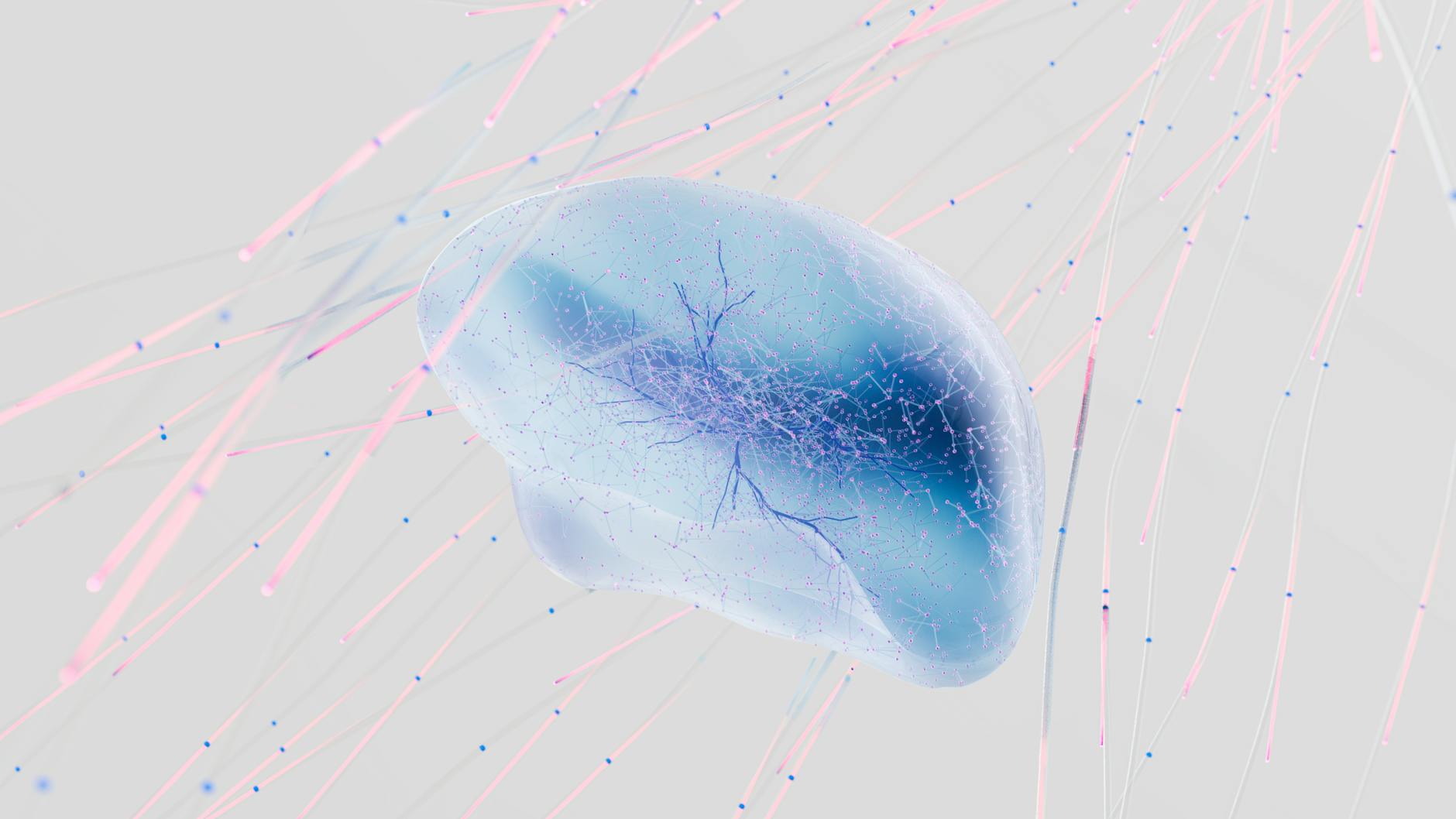MemOS: Is AI’s ‘Memory Operating System’ a Revelation, or Just Relabeling the Struggle?

Introduction: In the relentless pursuit of human-like intelligence, AI’s Achilles’ heel has long been its ephemeral memory, a limitation consistently frustrating both users and developers. A new “memory operating system” called MemOS promises to shatter these constraints, but veteran tech observers should pause before hailing this as a true architectural revolution.
Key Points
- MemOS proposes a novel, OS-like paradigm for AI memory, attempting to treat it as a schedulable, persistent computational resource.
- The concept of “cross-platform memory migration” and a marketplace for “paid memory modules” could fundamentally reshape AI’s economic and deployment models.
- The grandiose “operating system” analogy may oversell what is, at its core, a sophisticated memory management and retrieval layer, raising questions about real-world scalability and interoperability challenges.
In-Depth Analysis
The AI community has long grappled with the “memory silo” problem – the frustrating reality that even the most advanced Large Language Models largely operate as stateless agents, forgetting past interactions the moment a session concludes. This isn’t just an inconvenience; it’s a fundamental impediment to building truly intelligent, adaptive systems capable of personalized, long-term engagement. Current stopgaps like Retrieval-Augmented Generation (RAG) are, as the MemOS researchers rightly point out, “stateless workarounds” that retrieve information without truly integrating it into a persistent, evolving memory.
MemOS addresses this by introducing a three-layer architecture and “MemCubes,” which aim to encapsulate and manage diverse types of AI memory – from explicit knowledge to latent model states – across their lifecycle. This shift from static parameters and ephemeral context windows to a dynamic, evolving memory structure is indeed a significant conceptual leap. The reported performance gains, particularly in temporal reasoning and efficiency, suggest that dedicated, integrated memory management could unlock previously constrained AI capabilities.
The most intriguing, albeit ambitious, proposals revolve around the enterprise implications. “Cross-platform memory migration” could theoretically free AI context from proprietary “memory islands,” allowing user preferences or learned domain knowledge to follow them across different applications. This is a tantalizing prospect, promising an end to the frustrating “start-from-scratch” experience when switching AI tools. Even more disruptive is the vision of “paid memory modules,” effectively creating a marketplace for packaged expert knowledge that AI systems can “install.” Imagine medical heuristics or complex engineering workflows monetized as plug-and-play memory units. If realized, this could democratize access to specialized AI expertise, bypassing arduous custom training. However, the path from impressive lab benchmarks to a truly portable, standardized, and commercially viable memory ecosystem is riddled with formidable technical and logistical hurdles. It’s a grand vision, but one that evokes the cautious optimism of a seasoned observer.
Contrasting Viewpoint
While the MemOS research offers compelling performance metrics and a visionary architectural shift, a critical lens demands scrutiny of its boldest claims. Dubbing it a “memory operating system” invites direct comparison to traditional OS functions, which manage physical hardware, process scheduling, and resource allocation at a foundational level. MemOS, by contrast, appears to be a sophisticated memory management layer specifically for AI models. Is it truly an “operating system” in the same vein as Linux or Windows, or is it a highly advanced, structured database/cache system for AI, cleverly rebranded with a powerful analogy? The distinction matters for understanding its true architectural scope and potential limitations. Moreover, the vision of “cross-platform memory migration” assumes a level of standardization and interoperability across diverse, often proprietary, AI models and platforms that simply doesn’t exist today. Achieving this would require industry-wide consensus, security protocols for “migrated” intellectual property, and a robust framework for managing versioning and potential conflicts – a task that makes the internet’s early standardization efforts look simple by comparison.
Future Outlook
In the next 1-2 years, MemOS, or concepts directly inspired by it, are highly likely to influence the next generation of AI research and development. The open-source release is a smart move, fostering community exploration and potential adoption. We can expect to see more specialized AI applications leverage structured memory systems for niche, high-value tasks, particularly in enterprise settings where domain-specific knowledge retention is critical. However, widespread “cross-platform memory migration” remains a distant horizon, likely requiring industry consortiums and standardized APIs that transcend competitive boundaries. The biggest hurdles will be demonstrating scalable, secure, and cost-effective deployment of such systems in real-world, dynamic environments. Proving that the architectural complexity doesn’t introduce prohibitive overhead, or that “MemCubes” can truly abstract and manage knowledge across wildly different model architectures without breaking consistency, will be the acid test.
For more context on AI’s persistent memory challenge, see our deep dive on [[The Enduring Quest for AI’s Long-Term Recall]].
Further Reading
Original Source: Chinese researchers unveil MemOS, the first ‘memory operating system’ that gives AI human-like recall (VentureBeat AI)